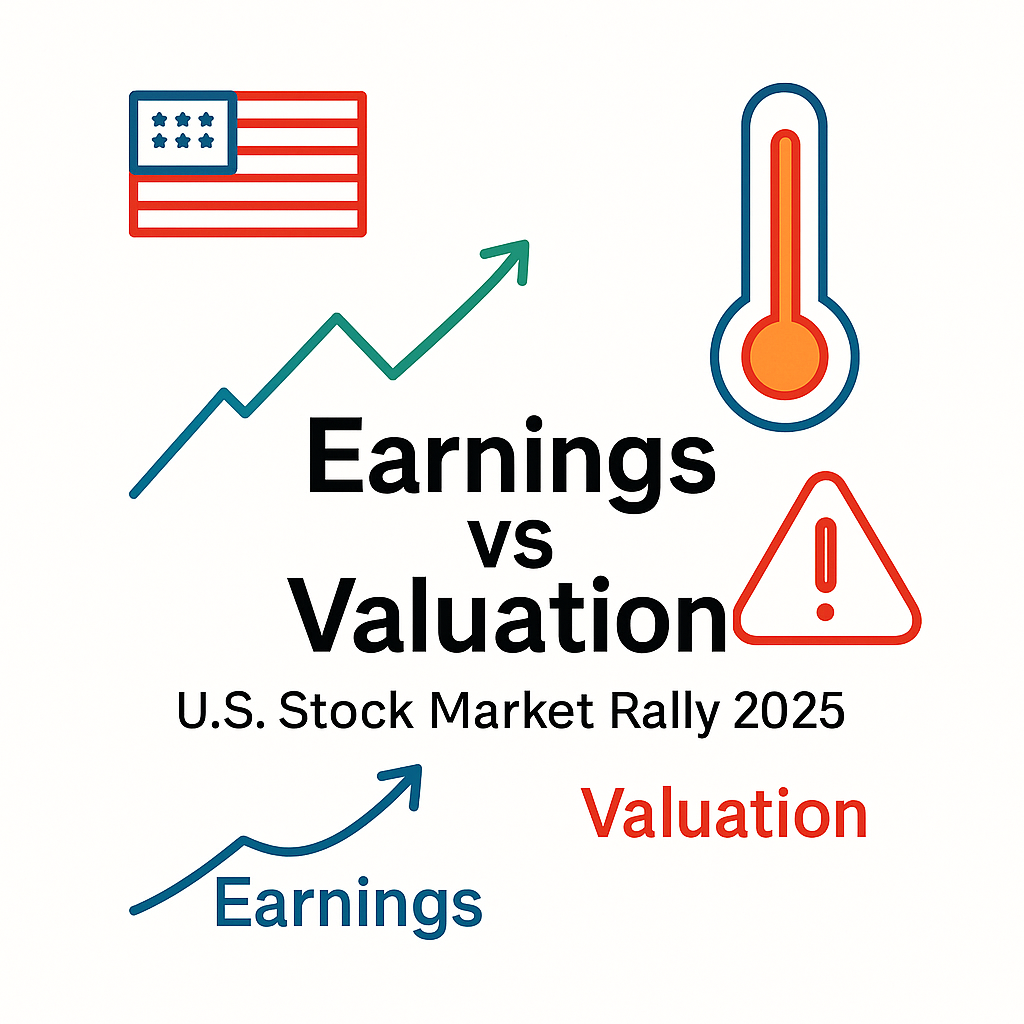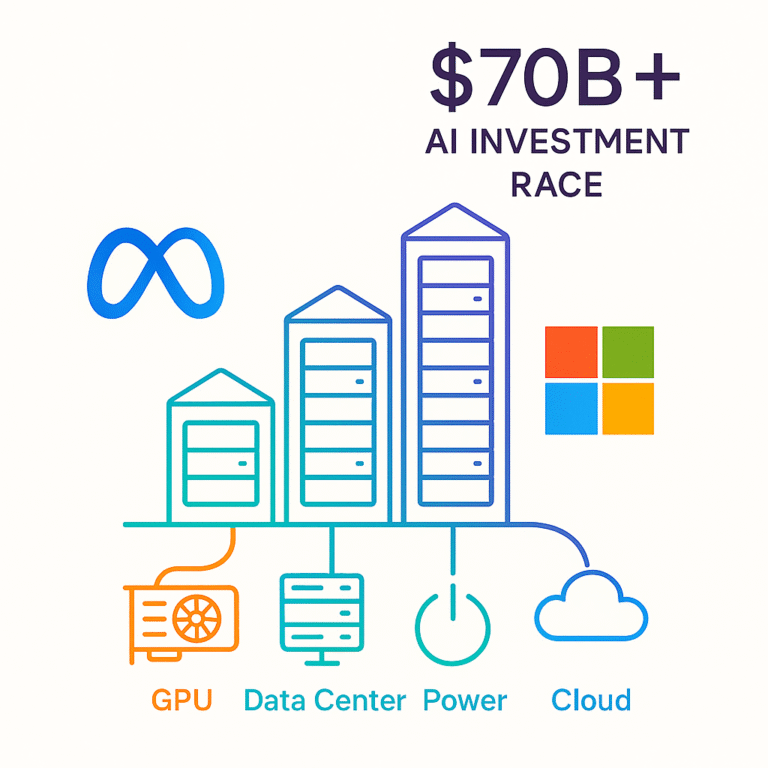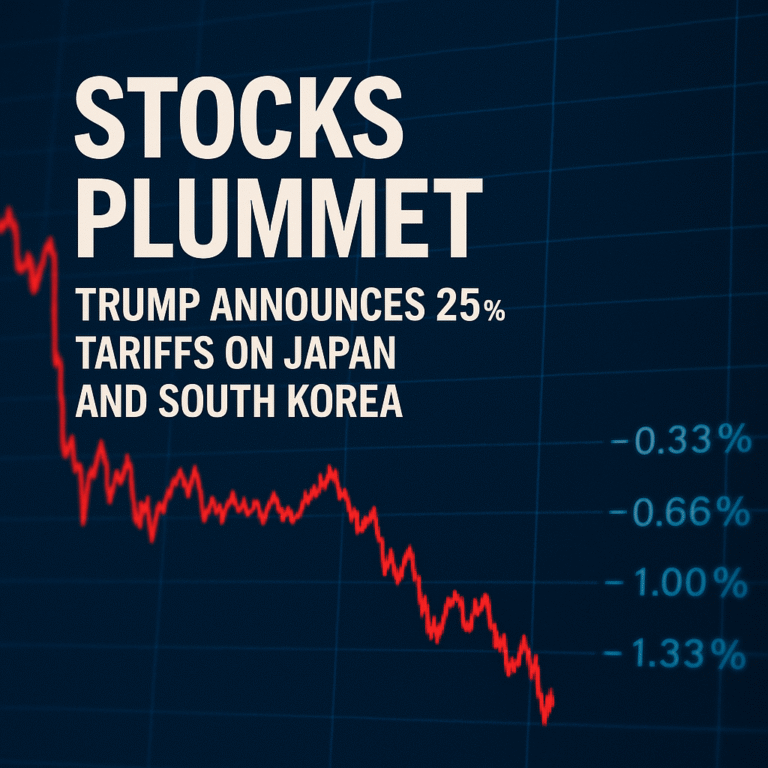Corporate Earnings and Valuation Pressure: Is the U.S. Stock Market Rally Sustainable or at Risk of Overheating?
Corporate earnings remain solid, but valuation pressure in U.S. equities is rising. Discover whether the stock market rally is sustainable or overheating.
Key Takeaways
✔ U.S. equities are supported by strong corporate earnings, but valuation pressure is flashing overheating risks.
✔ Fed Chair Jerome Powell warned that stock valuations look “fairly high,” raising caution for investors.
✔ UBS highlights growth and policy easing as support, while Morgan Stanley points to correction risks.
✔ The U.S. equities outlook hinges on earnings momentum, inflation, and Fed policy shifts.
In 2025, the U.S. stock market rally has pushed equities to record highs. The S&P 500 is up about 13% this year, while the Nasdaq continues to break records. Strong corporate earnings and AI-driven innovation have powered the rally.
But valuation pressure is growing. Investors now face a critical question: is the stock market rally sustainable, or is overheating risk building beneath the surface?
What’s Driving the Rally and Corporate Earnings Growth
The U.S. stock market rally has been fueled by mega-cap tech and AI-related stocks, with the S&P 500 climbing roughly 13% year-to-date.
Corporate earnings remain robust. Analysts expect S&P 500 earnings to grow 7.7% year-over-year in Q3, continuing momentum from the first half. Yet growth is concentrated in a few companies, raising questions about the durability of this corporate earnings cycle.
Valuation Metrics Show Overheating Risk
Valuation pressure is visible across multiple metrics, raising concerns about overheating risk in U.S. equities.
|
Metric |
Current Level (Sept 2025) |
Historical Avg |
Key Insight |
|---|---|---|---|
|
Shiller CAPE Ratio |
~32x (Business Insider) |
~17x |
Approaching dot-com bubble territory |
|
S&P 500 Forward P/E |
19–20x (SimplyWallSt) |
15–16x |
Leaves little margin for error |
|
Price-to-Sales (P/S) |
2.5x+ (Al Jazeera) |
1.5–1.8x |
Sales growth may not justify prices |
|
EV/EBITDA |
~14x (Bloomberg est.) |
~11x |
Elevated multiples |
|
BofA Indicators |
19 of 20 overvalued |
— |
Broad signals of overheating |
With corporate earnings strong but valuations stretched, investors must balance optimism with caution.
Fed Chair Powell and Expert Warnings
Fed Chair Jerome Powell noted that U.S. stock valuations appear “fairly high,” a direct warning about valuation pressure.
UBS argues that earnings growth and potential Fed easing could sustain the rally despite overheating risk. Morgan Stanley, however, stresses that many sectors face slowing profits, leaving the stock market vulnerable if corporate earnings weaken.
This split highlights the fragile U.S. equities outlook—optimism on earnings versus caution on valuation pressure.
Scenarios for the U.S. Equities Outlook
Sustainable rally conditions:
- Corporate earnings consistently beat expectations.
- Fed easing improves liquidity and lowers valuation pressure.
- AI and innovation maintain momentum for premium valuations.
Correction risk conditions:
- Inflation rebounds, pushing the Fed to tighten.
- Rising costs erode earnings growth.
- Profit expansion remains limited to a few mega-cap firms.
- Weakness in small caps and leveraged companies spreads to broader equities.
The U.S. equities outlook hinges on whether corporate earnings can keep supporting valuations under these scenarios.
Investor Strategies Under Valuation Pressure
- Focus on proven growth stocks. Strong earnings cycles can support higher valuations.
- Diversify sectors. Balance tech exposure with healthcare and consumer staples.
- Favor large caps over small caps. Large firms offer resilience in volatile markets.
- Use dollar-cost averaging. Avoid peak entries and reduce risk with phased investments.
- Consider hedges. Tools like put options or inverse ETFs can offset overheating risks.
The U.S. stock market rally remains fueled by strong corporate earnings, but valuation pressure is intensifying. Multiple metrics are signaling overheating risk, raising doubts about sustainability.
Investors should monitor earnings reports, inflation trends, and Fed policy shifts to navigate this fragile U.S. equities outlook.
References
- Reuters – Relentless U.S. stocks rally could teeter on inflation, earnings, valuation risks
- Business Insider – Powell warns on high stock valuations
- Morgan Stanley – Risks behind U.S. stock rally
- UBS – Elevated U.S. equity valuations may be justified
- SimplyWallSt – U.S. market valuation snapshot
- Al Jazeera – Concerns about overpriced U.S. stocks







